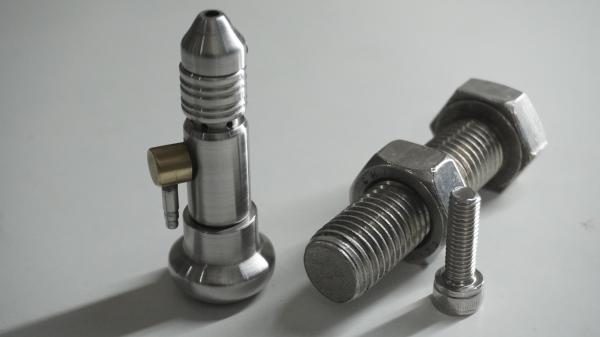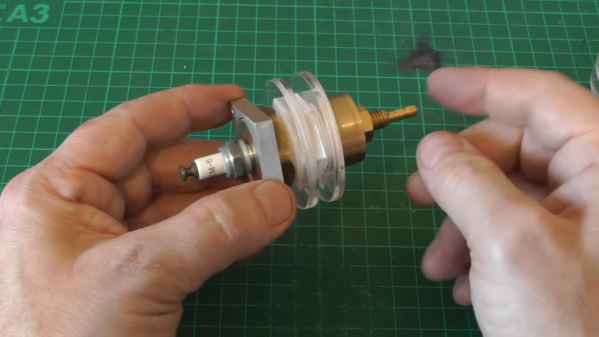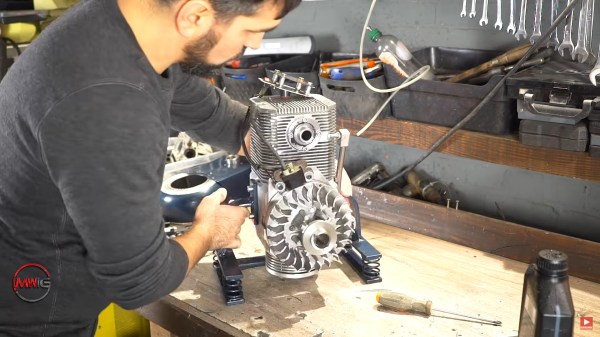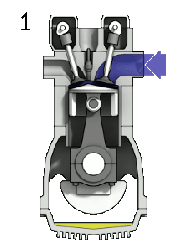We’ve noticed a couple of things about the “Widget from a Single Bolt” genre of metalworking videos. The first thing is that almost all of them need to use a freakishly large bolt, and many of them also rely on other materials to complete the build. And secondly, these builds all pretty much depend on a lathe to transform the bolt into the intended widget.
While this single-bolt pneumatic graving tool build is guilty on that first count, it somehow manages to avoid needing a lathe. Not that [AMbros Custom] wouldn’t have greatly benefited from a lathe to make this somewhat specialized and unusual tool a reality. A graving tool or graver is used during metal engraving, the art of making controlled cuts into flat metal surfaces to render complicated designs. A powered graver like this can make engraving faster and more precise than a traditional manual graver, which is typically powered by light taps with a special hammer.
The lathe-less build [AMbros] undertook was quite ambitious given the number of moving parts and the tight tolerances needed for a pneumatic tool. The real hero here is the hand drill pressed into service as an impromptu lathe; teamed with various tools from files to emery cloth to even a Dremel and an angle grinder, it did a respectable job turning down the various parts. The entire build is shown in the video below, and it’s worth a watch just to see what ingenuity can accomplish when coupled with sheer persistence.
Hats off to [AMbros] for sticking with what was admittedly a problematic build, and here’s hoping a lathe is in his future. With that, he may be able to pull off other impressive “single-bolt” builds, like this combination padlock. Or throw another bolt or two in and pull off this cryptex-like safe.
Continue reading “Tiny Pneumatic Tool Made From A Single(-ish) Bolt”




















